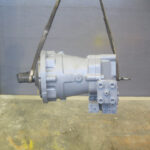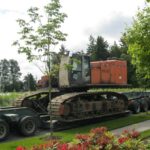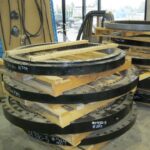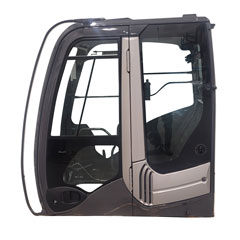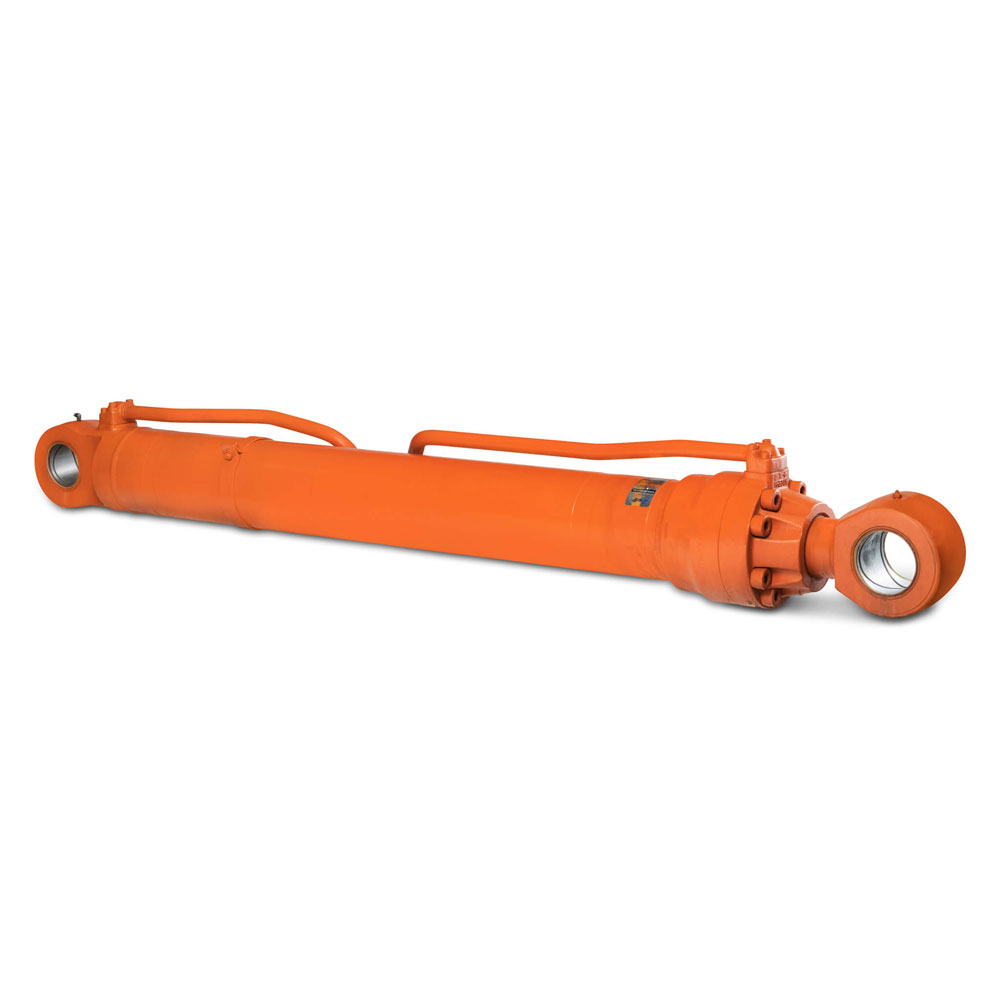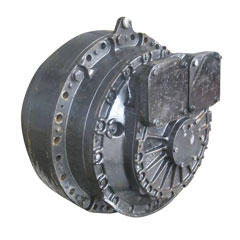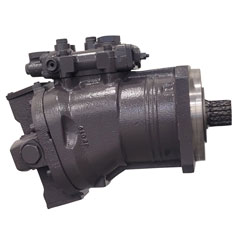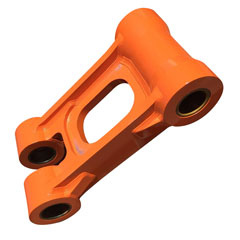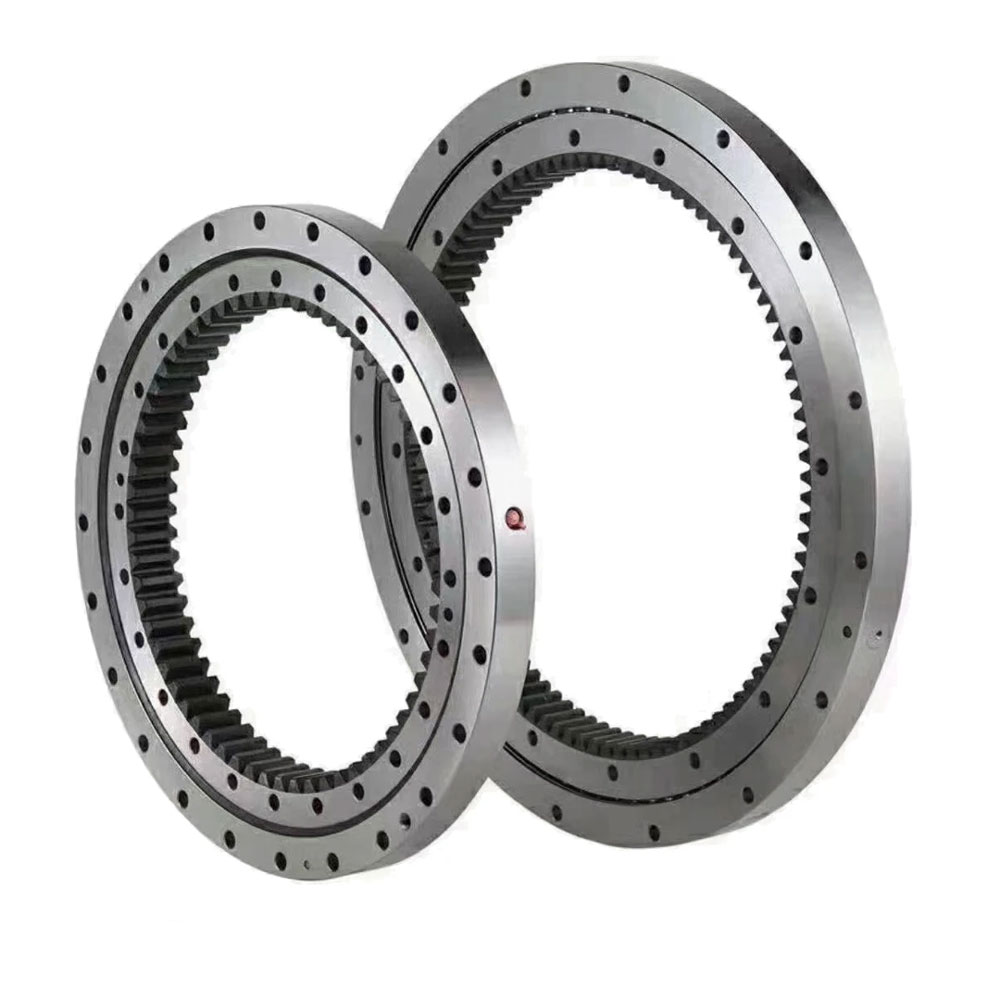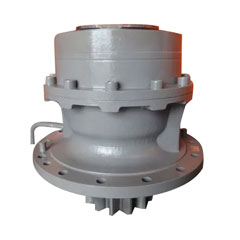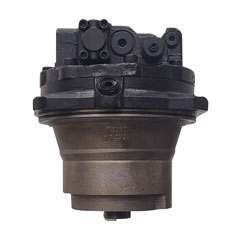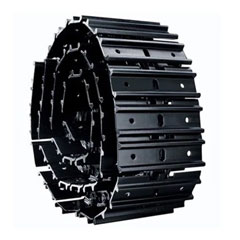Keep your excavator in optimal condition and help you protect your investment by avoiding costly breakdowns and downtime with regular excavator maintenance. Your Hitachi or John Deere excavator has been designed and manufactured to work under extremely demanding conditions but in order to withstand those conditions and come back fighting the next day, you need to adhere to a proper maintenance programme.
Your Excavator Maintenance Programme
A well-planned maintenance programme not only protects your excavator from breakdowns or failure but also optimizes its performance and even its fuel efficiency. If your excavator is not performing properly or is offline as a result of a breakdown, you will lose money in terms of wages and lost productivity.
The Importance of Scheduled Excavator Maintenance
A scheduled maintenance programme can extend the lifespan of your machine by monitoring the wear and tear of parts and components. If necessary, you will be able to replace them before they cause any unforeseen breakdowns. Additionally, taking preventative measures to conduct maintenance such as changing fluids, filters and belts can help protect vital parts and components while minimizing repair expenses and maximizing productivity.
The Importance of Keeping Accurate Service Records
As part of your maintenance programme, you need to keep accurate service and repair records. These records will help you evaluate the service life of your excavator. They will also serve as proof that you have been maintaining proper service and repairs, so with this information, it will be easier for an interested buyer to determine the excavator’s potential future service life and feel more confident about buying it. Used excavators are definitely less expensive than new ones but they are still a significant investment for many buyers. That’s why your maintenance records can be a valuable asset when the day comes for you to sell your excavator.
Develop an Inspection Checklist
Most of us probably remember our Driver’s Ed Teacher telling us that before we drive our car, we need to check such things as the tires, oil, water, and make sure there is nothing underneath or behind it. It’s actually great advice but most of us probably ignored it. The same logic could be applied to your excavator. If you take the time to develop a checklist for your excavator and stick to it, you can save yourself plenty of hassles and money.
You can create your own checklist(s) to inspect your excavator before starting after starting and after shutdown. The checklists could include safety concerns and visual checks to ensure there is no visible damage or malfunctioning parts. The checklists will promote or encourage proper operation and maintenance of a vital piece of equipment that you need to have in proper working condition.
Check and Maintain Your Undercarriage
If your undercarriage has issues, your excavator won’t be going anywhere, and as you know undercarriage repairs and parts can be expensive. Keeping your excavator’s undercarriage in proper working order requires regular inspections, maintenance, and repairs. If you stick to a maintenance programme, you can help optimize your excavator’s overall performance, reduce repairs and breakdowns, and extend the lifespan of your excavator.
One of the most important undercarriage inspections is checking for track tension. This is because track tension can affect the wear and tear of the undercarriage. For example, if the tension is too loose, it can create instability, rocking, and the possibility of the tracks coming off. If the tracks are too tight, there can be a loss of track power and the increased load created on the contact areas speeds up wear on your excavator’s undercarriage components.
Don’t forget, at the end of your workday, to clean any debris and mud from excavator tracks since they can have a destructive effect on the components of your undercarriage. It is best to clean the mud from the track frame when your excavator is still warm right after you finish your shift since the mud can be cleaned much easier than when it is solid the next morning. In addition, all the rollers should be checked to ensure they are turning.
Check Fluids and Filters
One of the most important checks you need to do every day before operating your excavator is a fluid check. You must make sure that your engine oil and hydraulic fluid are at the proper levels. As we have mentioned in a previous article, it is also a good idea to use the proper fluids and oils to achieve optimal performance and efficiency. You need to use at least the recommended quality fluids since they are responsible for the transfer of power within the system of hydraulic components, for lubricating your excavator’s components, and for dissipating heat, which protects excavator parts from wear.
Your air and hydraulic filters should also be monitored since they can accumulate significant amounts of dirt and debris that can prevent them from functioning properly. If you attempt to clean or replace any filter, you should follow manufacturer instructions because if you don’t perform these tasks properly, you could have contamination issues. Also, remember to check O-rings and any related components for damage before you assemble.
Drain the Fuel (Water separator) Filter
The excavator water separator fuel filter is designed to collect or trap water and other impurities that may be present in the fuel tank or the fuel line. This should be drained when the warning light illuminates on your dashboard or a message appears in the information display informing you to drain the water separator. How often you need to drain the water will depend on the maximum amount of water that can accumulate in the filter. If you ignore the warning to drain, water may enter the engine and might damage your excavator’s fuel injection system.
Check Rotec Bearings
Your excavator’s slew ring bearings or rotec bearings can be costly to repair or replace. Make sure that all parts are properly lubricated and greased, and free of any contamination, or water. In addition, check for any play or movement when rotating your hydraulic excavator housing to a quarter turn. There is a play limit, so it’s a good idea to measure it and check it against specs. Moreover, when the housing is rotated, it should be a tight, smooth rotation. Any additional play beyond what is listed in your excavator’s specs has the potential to damage your rotec bearings. You should also inspect the bushings and pins for unnecessary movement as well.
Contact Langley Excavator Parts Exchange
It is possible to maintain your excavator in optimal condition by being proactive and conducting regular preventive maintenance, which can save you from a lot of hassles and costly repairs. Proper maintenance of any excavator part is vital since it will help keep your excavator working productively and prevent breakdowns that can result in downtime. At Langley Excavator Parts Exchange, you’ll find new, rebuilt, refurbished, and used excavator components and parts for John Deere and Hitachi excavators. Our expert technician will find what you need quickly and help minimize downtime. Call us at 1-888-530-5444 or contact us online. With one of the largest inventories of John Deere and Hitachi components, our experienced and knowledgeable staff is equipped to help you with the part you may need.

